(Get free painting tips and plein air painting techniques sent straight to your inbox or on my social media.)
The basics of color
Before you learn how to mix orange, you need to understand the basics of color and its three components: hue, saturation, and value. You also need to understand the difference between primary and secondary colors.
Mix orange with red and yellow!
There are so many wonderful kinds of orange, let’s look at how to mix oranges of all shades, from saturated vivid oranges, less saturated orange, and greyed oranges. You need to know about all of these to make your paintings work. Orange pigments range from yellowish to reddish and even into the pinks and browns.
The basic color wheel for how to mix orange is a mixture of primary colors red and yellow. Adding a third primary hue (blue) begins to lower the saturation and neutralize the color (make them dull). Natural orange hues are also found in varieties of iron oxide clays and earth pigments, such as mars orange and burnt sienna.
Another factor to consider when mixing an orange is, you need to understand that there are opaque, semi-opaque and transparent pigments. The opacity of the paint will affect the hue when mixing, the rate of saturation/chroma, and coverage. When you combine two opaque pigments, there will be complete coverage over the top of another color.
If you want to see the color underneath come through, you use a transparent pigment. Titanium white is opaque and will create an opacity to your color when you add it. Using a zinc or mixing white will allow more transparency. All cadmium pigments are opaque. Ultramarines are transparent as are phthalos, and alizarin. Most tubes of paint tell you the opacity on the tube. These are just a few things to keep in mind when mixing orange or any other color.
Colors have a bias
A bias, or leaning, makes colors either cool or warm. Understanding how color bias affects color mixing, will make the difference between how to mix orange that is a vivid saturated orange, or a lower saturated or dull orange. cool green, blue, red, yellow, earth color, and then the addition of black and white. Comparing a warm red to a cool red and then compare those to a third color, you should be able to see if it’s yellower, bluer, or in between the first two reds. Once you begin to “see” the differences it becomes easy to identify any color.
Here is a website to help you determine if your color bias is warm or cool.
https://gamblincolors.com/color-temperature-list/
How to mix orange that is highly saturated
Try making your own chart of vivid oranges using the tube colors you already have. Mix together warm yellows and warm reds, cool reds and warm yellows, warm reds and cool yellows.
Here is an example of how to mix orange in an organized way, and then refer back to the charts later. Notice, to make the most vivid orange you need to have a yellow and a red with the same bias. Increasing the amount of yellow in your mix will create a higher value and more luminescent orange. Remember that white is a cool color, so adding white to your orange will raise the value but eventually cool the orange.

How to Mix Orange – Laying out you palette.
Top row: Cadmium Red Med, Alizarin Crimson and Quinacridone Magenta.
Left column: Cadmium Yellow medium, and Hansa Yellow.
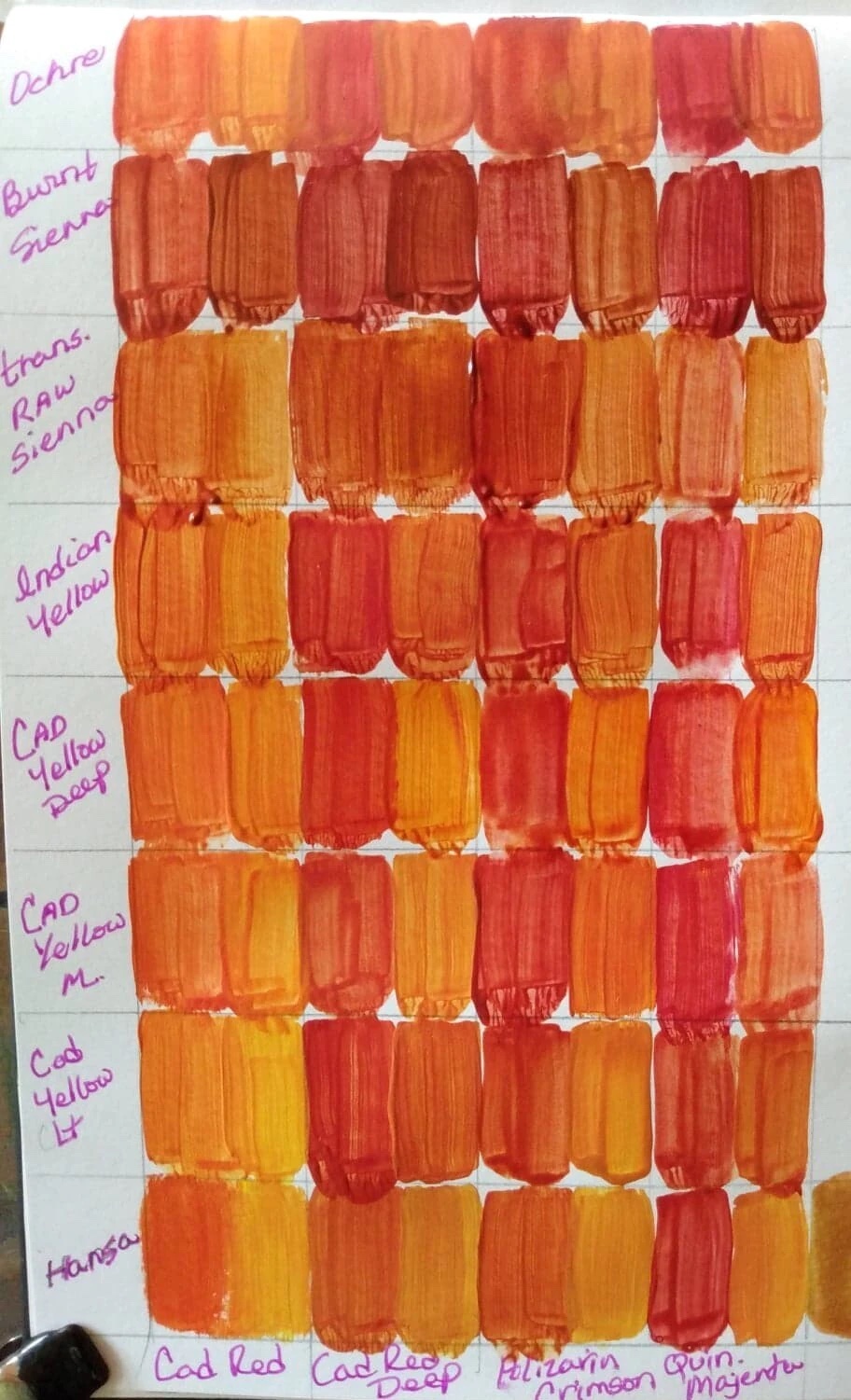
Some of these oranges are very close and very saturated. (acrylic)

These are some charts for how to mix orange done in water color. This website has a lot of useful information especially for watercolorists on paint mixing and how visual color works:
https://www.handprint.com/HP/WCL/color16.html
Examples: vivid orange

In this painting, I painted the orange flowers using Cadmium Orange and Cadmium Yellow Deep. Since they both have the same bias, this creates a vivid orange. If I had used a lemon yellow or cool yellow, the orange would have been duller, as these yellows have a green bias. Remember this when you want to know how to mix orange.

How to mix orange that is less saturated
Make your own chart of dull oranges. Dull oranges, also referred to as greyed or neutralized, occur when a color is mixed with its opposite color on the color wheel, and adding white or adding or a third primary color. To make dull orange, mix together two colors with a cool bias, or one with a cool bias and one with a warm bias. Start out lighter.
Usually it takes a very small amount of a dark color to significantly darken a light color, whereas it will take plenty of white or a light color to have much effect on a dark color. Save time and paint by always adding dark paint to light in small quantities, rather than vice versa. I have chosen Payne’s grey due to its blue bias which grays out oranges very nicely.
For how to paint oranges in different and fun ways, practice making a burnt orange, or other greyed oranges. Follow the process below but add the tiniest touch of blue once the orange looks good.
Put a line of yellow, a line of red, and a dot of blue on your palette in a triangle. With a clean brush, pull paint from the edges of those lines into the middle to create a mixture. (Use the edge of the lines instead of the middle so that you have plenty of clean paint to use as you mix. You don’t want to dirty an entire amount of paint on your first attempts.)
Test your mixture as you go by marking the edge of a paper and laying it next to your target: burnt orange. If your mixture is too red, add more yellow. Too yellow, add more red. Too brown, add more red and yellow. Remember use just the tiniest amount of blue, you can always add more. Try this with different variants of oranges. Remember the biases of the mixes to help you make note of the more vivid and dull oranges. Note, some greyed oranges will lean toward a greenish orange, while others mixes will go toward brown.

Top row: Cadmium Red Medium, Alizarin Crimson, Quinacridone Magenta.
Left column: Cadium Yellow Medium, Hansa Yellow, Titanium White.

Old Masters examples: vivid/ dull oranges
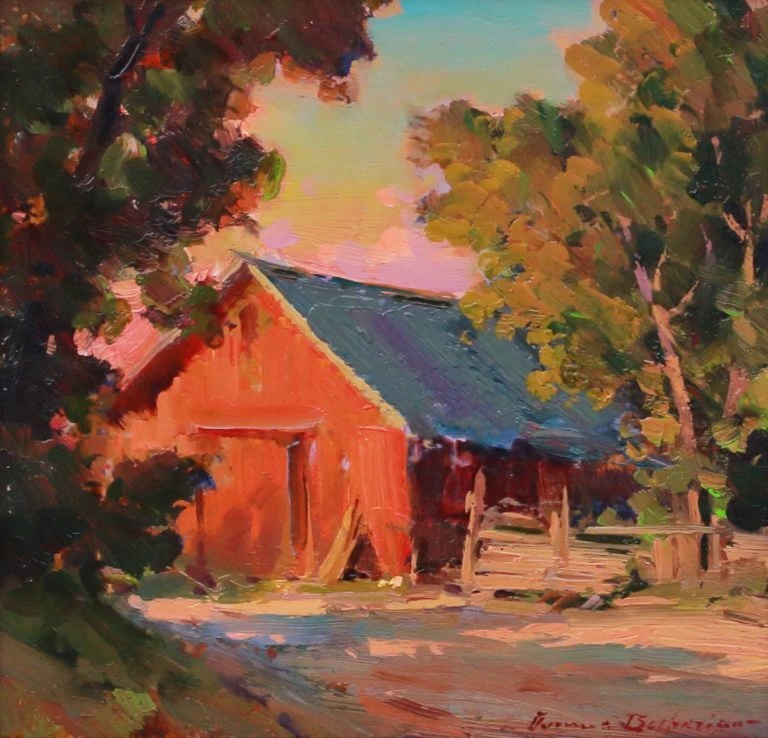
Links for additional reading
The following links are for extra reading on color mixing and understanding color bias and how other artists use them:
https://www.goldenpaints.com/technicalinfo/technicalinfo_mixguide
This one is also on the golden site and is a good virtual color mixer.
https://www.goldenpaints.com/mixer
Orange on other colors
Now lets look at how orange looks on other colors. This is something you can try at home as well. Put the same saturation (chroma) and value of orange and place it on top of some dark colors.
Here is a good example that shows simultaneous color interaction, which shows many examples of how one color on top of another looks. It can even deceive the eye by how different the one color can be perceived when put against another.
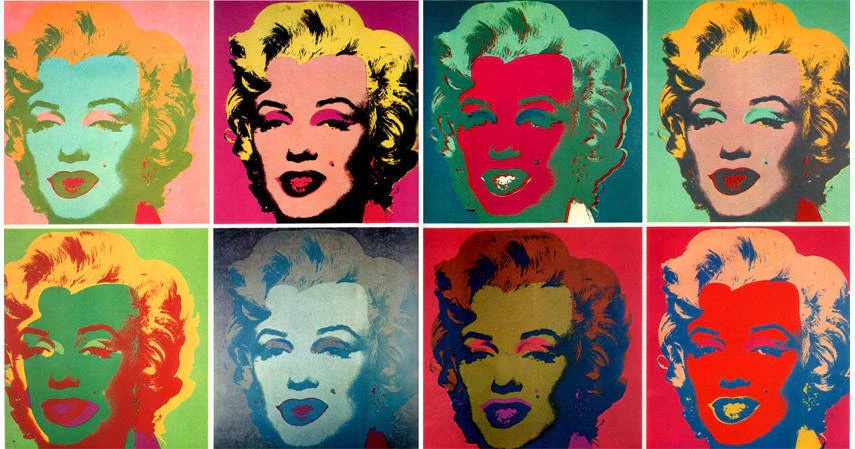
Many studies have been done about the psychology of color and the impact on human emotion. Something to keep in mind when you want to create a painting that evokes feeling and mood.
Pleasing color combinations
This is where the complementary, split complementary and analogous color wheels come in handy. There are some combinations that are very visually and emotionally appealing.


I hope this article on how to mix orange has been helpful. Happy mixing!
Thank You
Thank you for taking the time to watch this video. I hope you find it useful. If you would like to get free painting tips by email, please sign up for my free tips newsletter.
If you are interested in a structured approach for learning how to paint, take a look at my online painting classes.
Happy painting!
Barry John Raybould
Virtual Art Academy
What The Students Are Saying

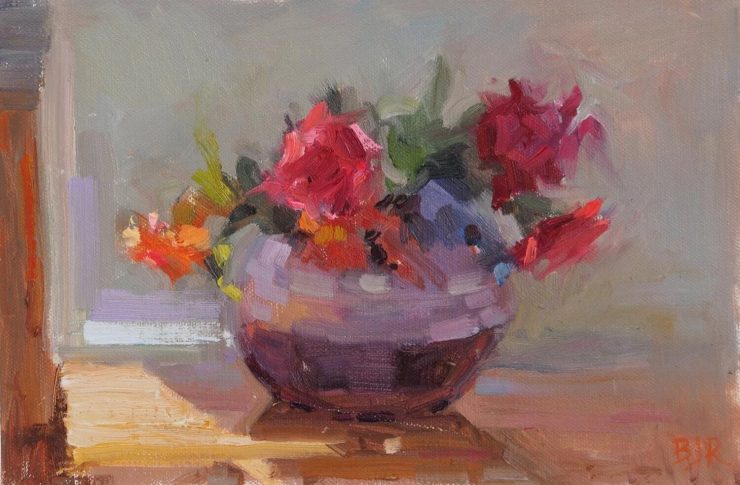



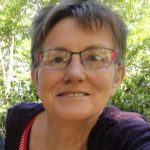

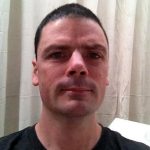

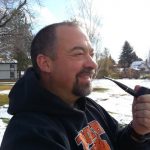

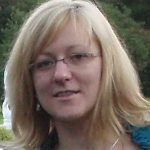
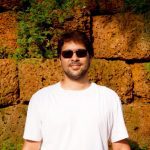

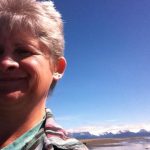

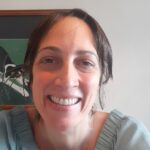


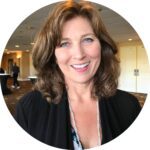


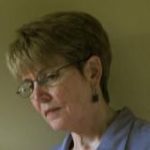




Add comment